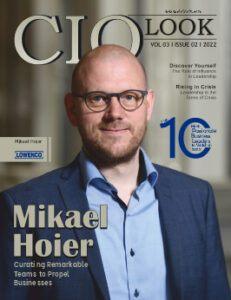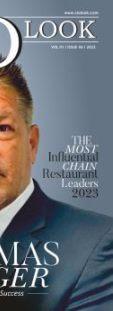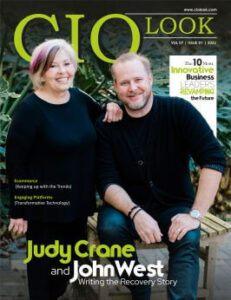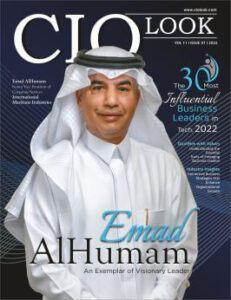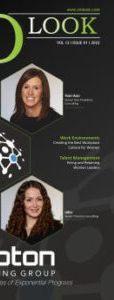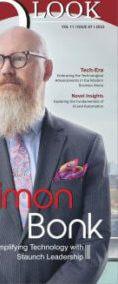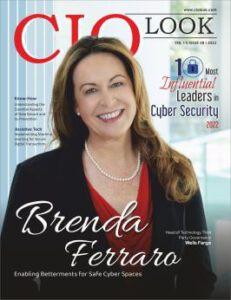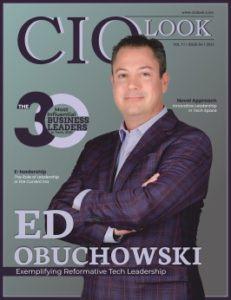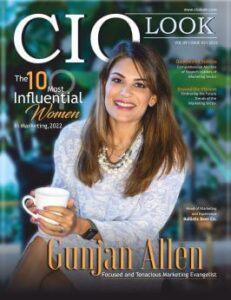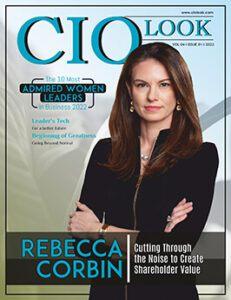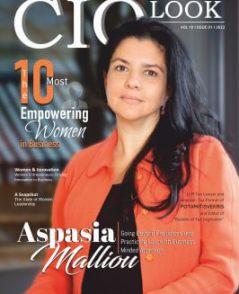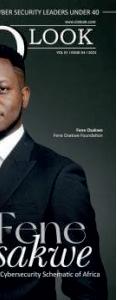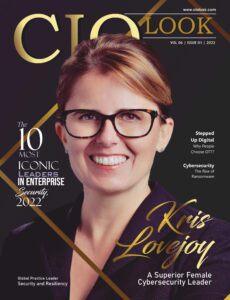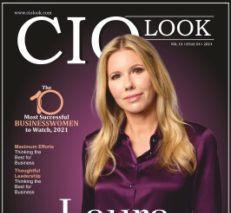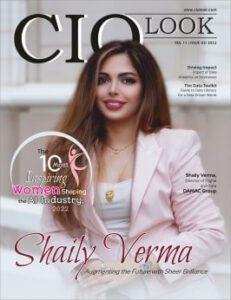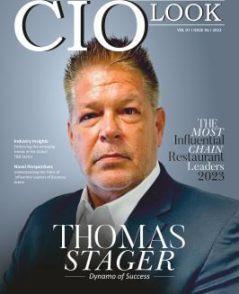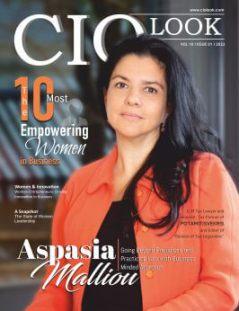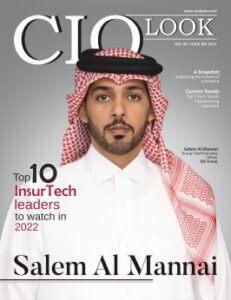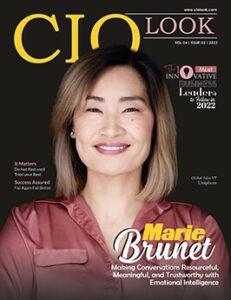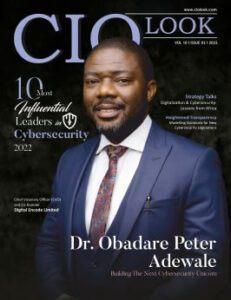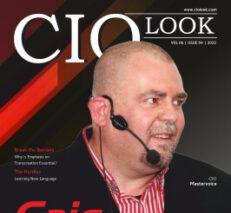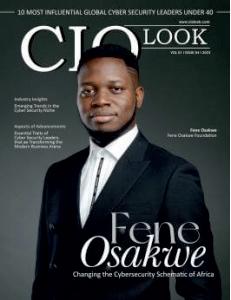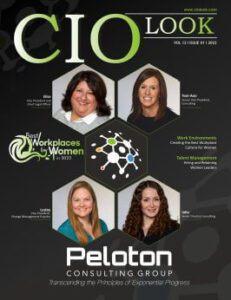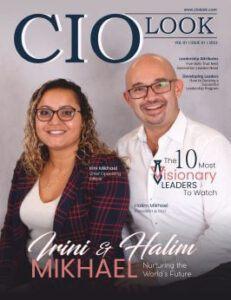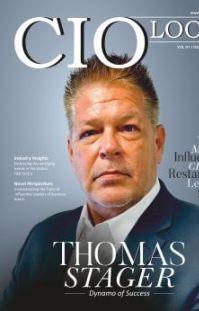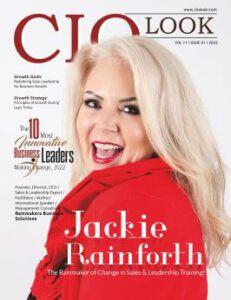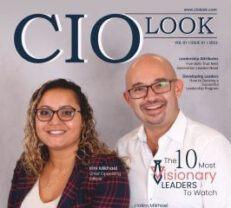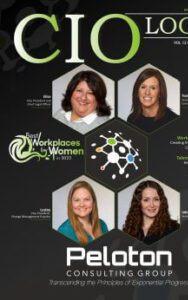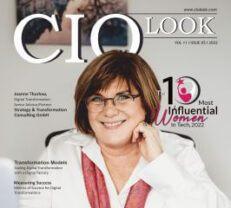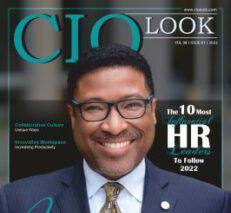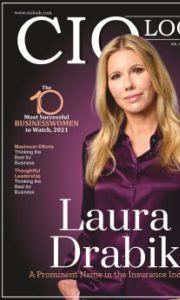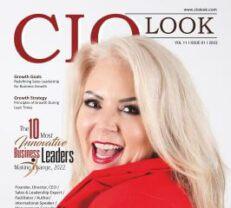
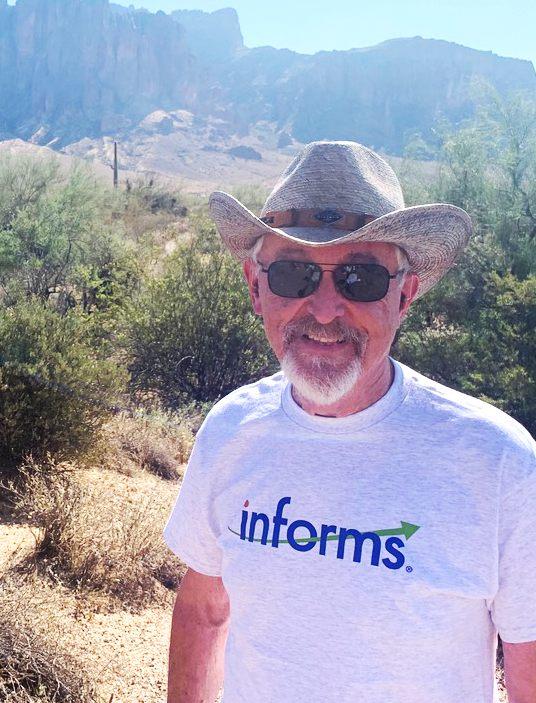



























In a world reshaped by technology, global
interconnectedness, and shifting societal needs, educationremainsourmostpowerfulcatalystforlasting change. Yet true transformation in this space doesn’t come frompolicyalone—itemergesfromthevisionandresolveof individuals who dare to rethink how knowledge is shared, systemsarebuilt,andfuturesareshaped.Thisspecialfeature, US’s 10 Most Visionary Leaders in Education, 2025, is a tributetosuchindividuals—leaderswhoarenotjustreacting tochangebutactivelyredefiningthelandscapeoflearning.
AmongthemstandsRichardC.Larson—apioneer,amentor, and a relentless innovator Widely recognized as a leading voice in operations research, urban systems, and humancentered education, Dr. Larson’s legacy is rooted in both intellectualrigorandhumanimpact.Asalongtimeprofessor atMIT,hehasbridgedthegapbetweentheoryandreal-world application, empowering generations of students, researchers, and policymakers to reimagine the role of educationinpublicserviceandinnovation.
His work in service science and STEM education has left indelible marks on how we approach complex problemsolvingintheclassroomandbeyond.Butitishispassionfor
democratizing access to high-quality, systems-based education that makes his leadership truly visionary He embodies what it means to lead with purpose, to teach with empathy,andtoinspirewithhumility
This edition not only honors Dr. Larson but also highlights nineotherextraordinaryleaderswhoareshapingthefutureof education across the United States—through technology, inclusivity, policy, and practice. Together, they reflect a powerfultruth:thefutureofeducationdependsonthosebold enoughtochallengeconventionandcompassionateenoughto servecommunitiesateverylevel.
Toallwhobelieveinthetransformativepowerofeducation, thisisatributetothoselightingthewayforward.

Managing Editor
08.
C O V E R S T O R Y
Richard Larson's Enduring Legacy in Operations Research and Educational Technology Innovation
A R T I C L E S
16.
20.
Wellbeing Before Worksheets: Rethinking Priorities in Education
Teaching with Heart: Empathy as a Core Competency
Pooja M Bansal Editor-in-Chief
CONTENT
Deputy Editor Anish Miller
Managing Editor Alaya Brown

FOLLOWUSON WE ARE ALSO AVAILABLE ON
www facebook.com/ciolook/ www.x.com/ciolookmagazine
Visualizer Dave Bates
Art & Design Director Davis Mar�n
Associate Designer Jameson Carl
Senior Sales Manager Fa�ma A.
Manager- Media Partnerships Amira A
Customer Success Manager Nelson M. Sales Execu�ves Tim, Smith
TECHNICAL
Technical Head Peter Hayden
Technical Consultant Victor Collins
Email info@ciolook com
For Subscrip�on www.ciolookmedia.com CONTACTUSON
Copyright © 2025 CIOLOOK, All rights reserved. The content and images used in this magazine should not be reproduced or transmi�ed in any form or by any means, electronic, mechanical, photocopying, recording or otherwise, without prior permission from CIOLOOK. Reprint rights remain solely with CIOLOOK.
Research Analyst Eric Smith
SEO Execu�ve Alen Spencer
AnuMathew
Executive-Dean
AsmaSalman Dean
BinduNair
AssistantDean
Dr.BhawnaGaur
AssociateProfessor
AmityUniversityDubai amityuniversity.ae Featured
MohammedBinRashid UniversityofMedicine andHealthSciences mbru.ac.ae
TheAmericanUniversity intheEmirates umaryland.edu
WestfordUniversityCollege westford.org.uk
Anuleverageshighlydevelopedcommunicationskillsand excellentplanningabilitiestodevelopthedepartmentinline withwiderorganizationalobjectives.
Prof.Asmahasprofoundexperiencewithinternational accreditation,namelyAssociationtoAdvanceCollegiate SchoolsofBusiness(AACSB)wheresheishasbeen recognizedasacommittedvolunteerandisaregularspeaker atsuchaccreditationforums.
Binduisresponsibleforoversightandcoordinationofthe investmentinbasicscience.
Dr.BhawnaGaurisanassociateprofessorandtheheadof thecasecentreatAmityUniversityDubai,with19+yearsof experienceinhumanresourcemanagement.
JenniferB.Litchman
SeniorVicePresident forExternalRelations
MeghaMani
AssociateDirector
RichardLarson Professor
SanaaKaddoura
AssistantProfessorof ComputerScience
CarmenJ.Walters
HaifaRedaJamal
AlLaiSanaaKaddoura
SufiaMunir
AssistantDean
TanjaSchjellerup FounderandCEO
UniversityofMaryland, Baltimore umaryland.edu
UniversityofEuropefor AppliedSciences ue-germany.com
Jennifer’sleadershipisnotjustaboutmanagingcrises—it’s aboutfosteringaculturewherekindnessandcompetence intersect,shapingUMB’s identityandimpactontheworld.
Withover15yearsofexperienceinbusinessdevelopment andmarketingacrossvarioussectors,Meghaisaresultsdrivenstrategistwhothrivesonfindingcreativeand innovativesolutionstocomplexproblems.
Withadistinguishedacademiccareerspanningoverfive decades,Richardhaspioneeredworkinqueueingtheory, urbansystems,andlearninginnovation. MIT www.mit.edu/
ZayedUniversity tougaloo.edu
WestfordUniversity westford.org.uk
SkolenOnline skolenonline.dk
DrSanaaKaddouraholdsaPhDincomputerscience fromBeirutArabUniversity,Lebanon.Sheiscurrently employedasanAssistantProfessorofComputerScience atZayedUniversity,UnitedArabEmirates.
Sufiahasover12yearsofcollaborativeexpertiseinfashion, designandacademia.
Withavisiontobuildafoundationforaglobalcompany, Tanjafiguredouthowtobealeaderandrunabusinesswith employees.
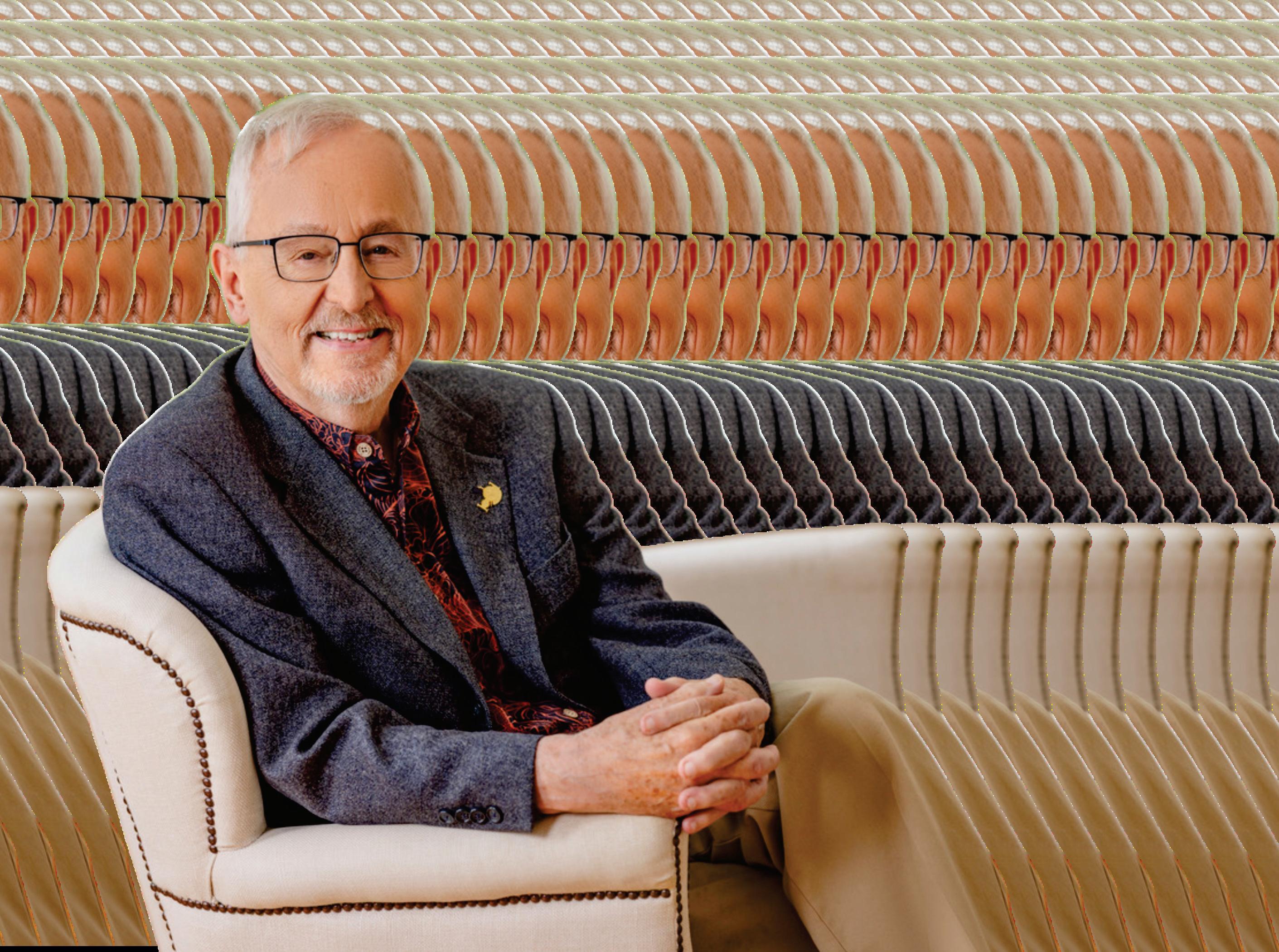
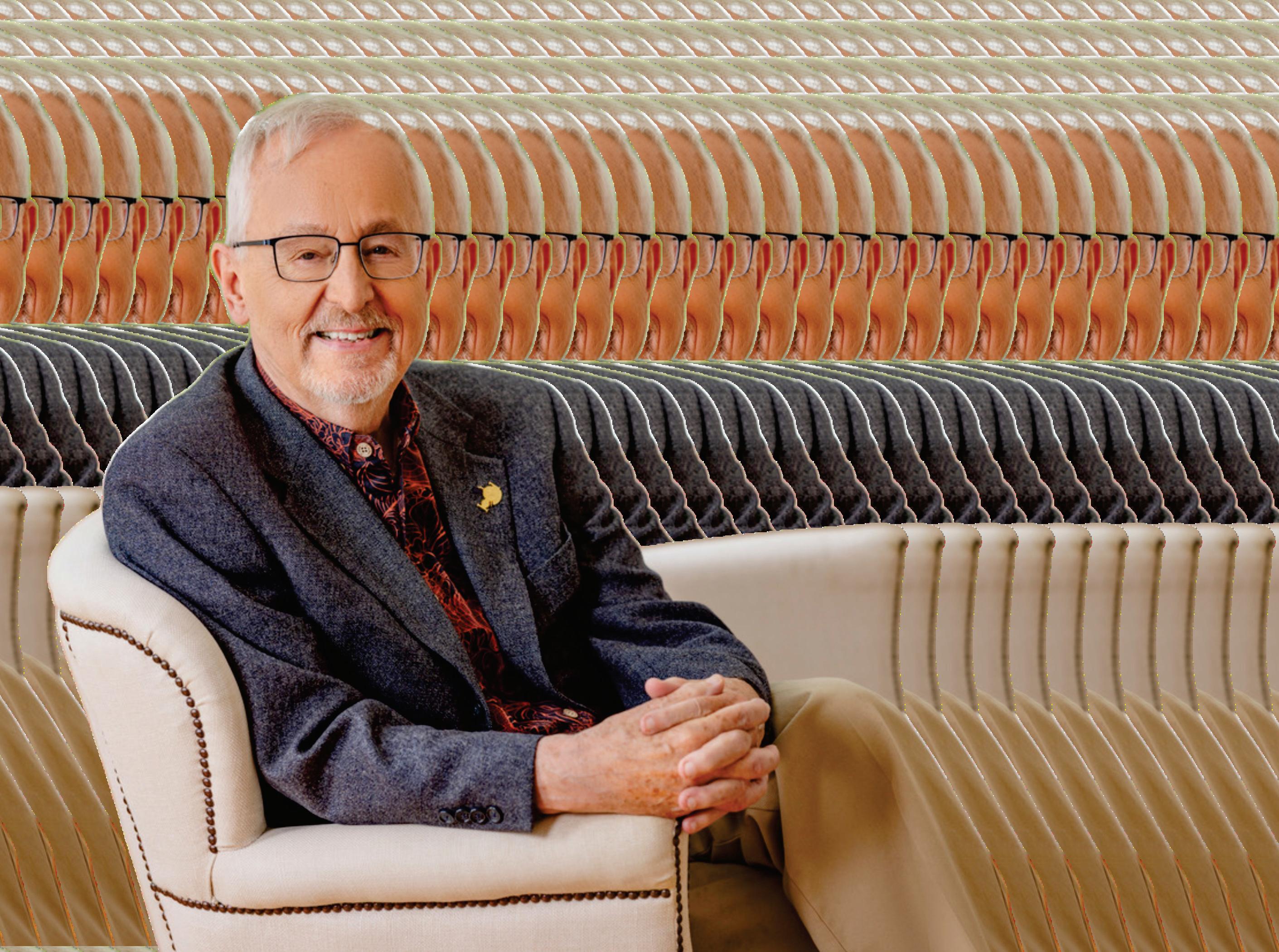

Enduring Legacy in Operations Research and Educational Technology Innovation
C O V E R S T O R Y
Richard C. Larson, often affectionately called "Doctor Queue," has left an indelible mark on two seemingly disparate but increasingly intertwined domains: operations research and education technology His pioneering work has transformed how cities optimize emergencyservicesandhowstudentsacrosstheglobeaccess high-qualityeducation.Larson'scareer,whichspansoverfive decades,exemplifiesthepowerfulconvergenceofanalytical rigor and technological innovation, serving as a beacon for futurescholarsandpractitioners.
His contributions to operations research have redefined how organizations make complex decisions, with applications fromurbanplanningtodisastermanagement.Meanwhile,his visionary leadership in education technology has reshaped howlearningisdelivered,democratized,andscaled.Through initiatives like MIT BLOSSOMS and the Learning InternationalNetworksCoalition(LINC),Larsonhasproven that thoughtful application of technology can act as a great educationalequalizer
ThestoryofRichardLarsonisnotmerelyaboutprofessional accolades but about impact—on policies, on people, and on possibilities.As a researcher, mentor, and innovator, he has carved a path that bridges disciplines and geographies, leavingalegacythatisbothintellectualandhumanitarian.
RichardCharlesLarsonwasbornin1943inBayside,Queens, New York City His childhood, marked by a series of relocations across Pennsylvania, New Jersey, and Massachusetts, nurtured in him a spirit of adaptability and curiosity These early life experiences would eventually crystallize into a lifelong fascination with systems, service delivery,andthescienceofoptimization.
Larson pursued his higher education at the Massachusetts InstituteofTechnology(MIT),whereheearnedhisBachelor

Richard Larson’s ideas remain relevant as both operations research and educational technologies evolve.”
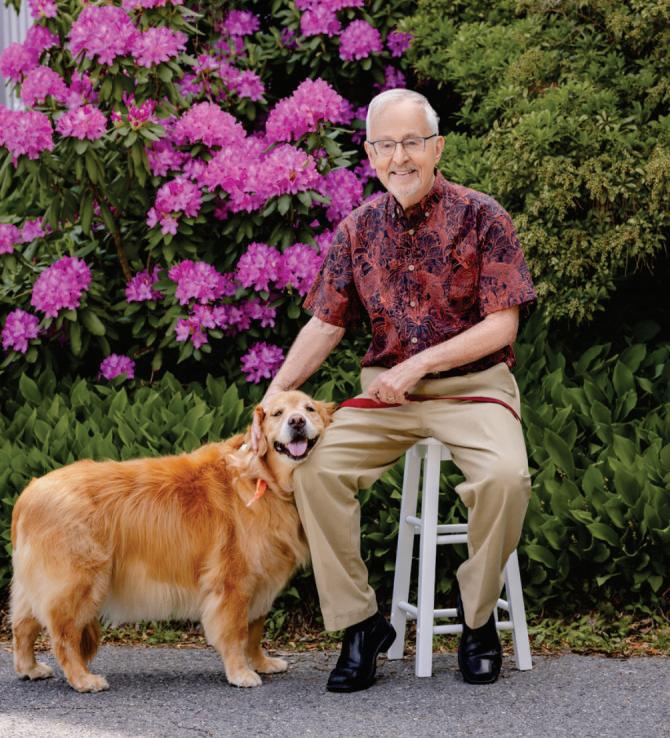
of Science in 1965, Master of Science in 1967, and Ph.D. in 1969—allinelectricalengineering.Hisdoctoraldissertation, "Models for the Allocation of Urban Police Patrol Forces," marked the beginning of a lifelong commitment to applying quantitativeanalysisforsolvingsocietalchallenges.
In the late 1960s, Larson collaborated with the RAND Corporation to study the deployment of emergency services in urban environments. His research laid the foundation for understanding and optimizing the allocation of police and ambulance services. The practical impact of this work was immediateandprofound:citiesbegantoadopthismodelsto enhance the responsiveness and efficiency of emergency systems.
These studies were not mere academic exercises; they translatedintomeasurableimprovementsinurbanpolicyand operations. Larson's research brought operations research into real-world contexts, highlighting its potential to deliver publicvalue.
Larson'scontributionshaveearnedhimnumerousaccolades, including his induction into the National Academy of Engineeringin1993.Thehonorrecognizedhis"development andapplicationofoperationsresearchmethodsforpublicand privatesectorserviceindustries."
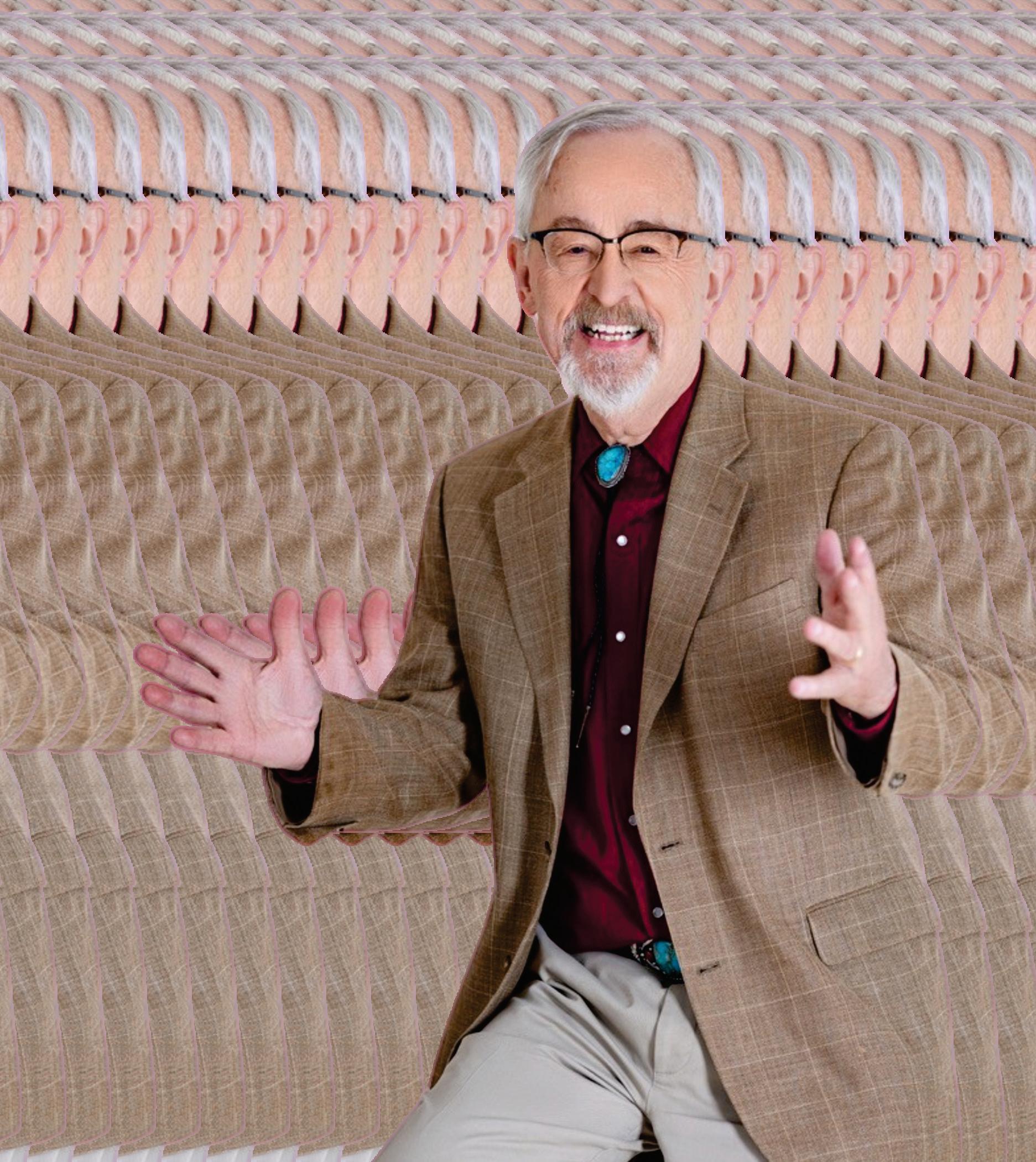

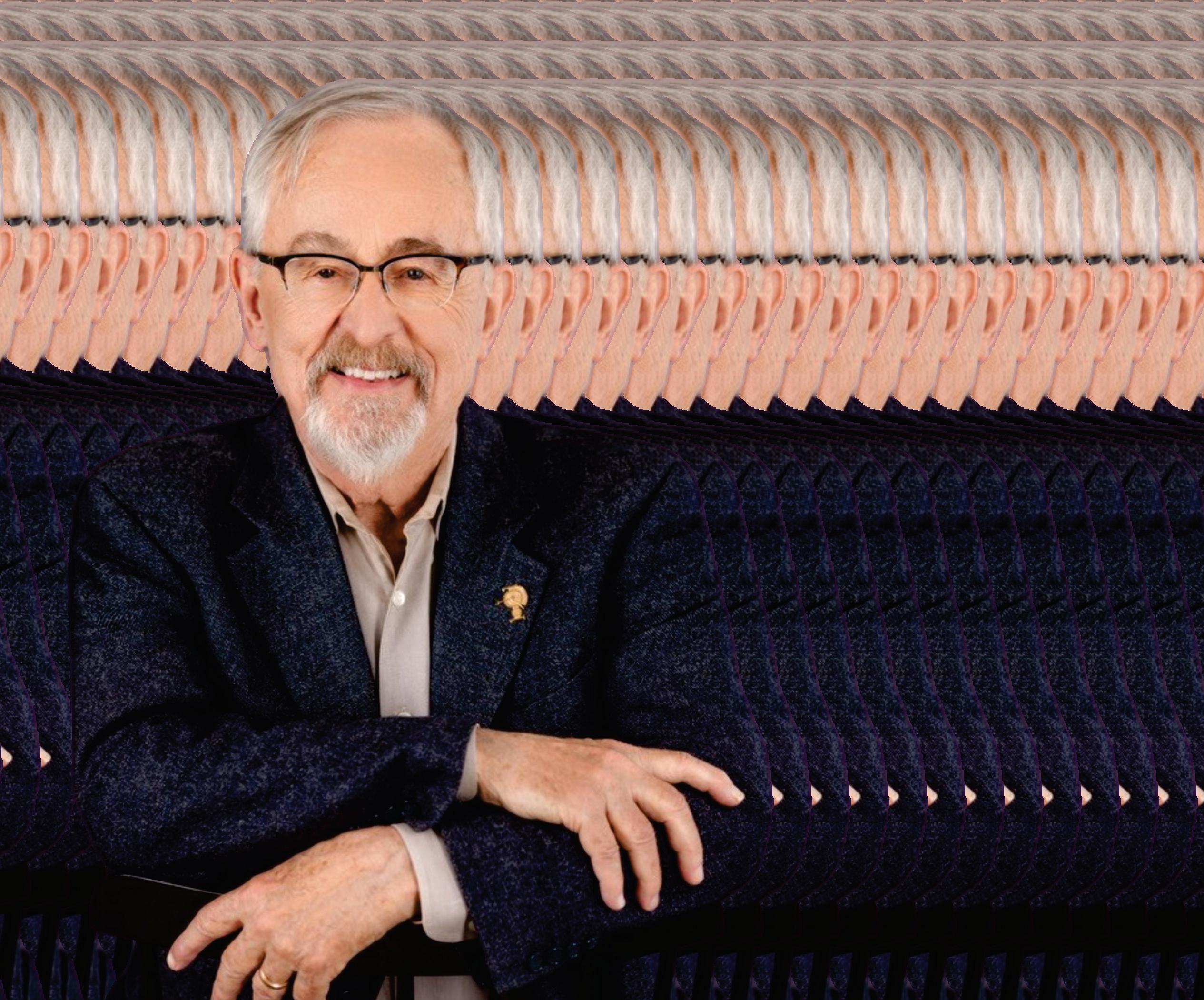

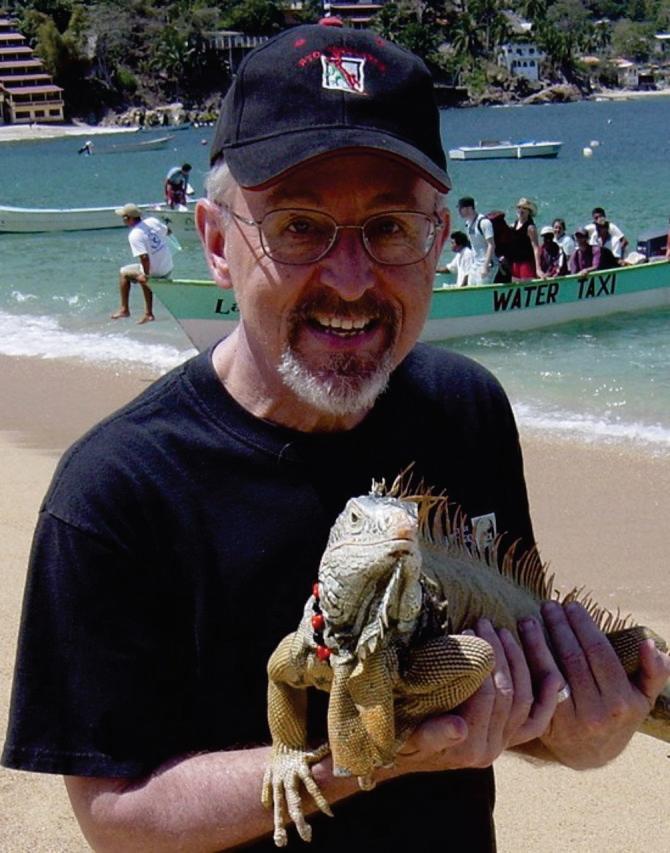
He also held key leadership positions in professional societies. Larson served as President of the Operations Research Society of America (ORSA) in 1993-94 and, followingitsmergertoformINFORMS,becameitsPresident in 2005. He was named a founding Fellow of INFORMS in 2002, an acknowledgment of his towering influence in the field.
DoctorQueue:HumanizingtheScienceofWaiting
Larson became widely known to the general public through his work on queueing theory, earning him the nickname "Doctor Queue." His explorations into the psychology and mathematics of waiting lines have appeared in mainstream media,includingNationalPublicRadioandTheWashington Post.
Oneofhismostmemorableinsights,"Often,thepsychology of queuing is more important than the statistics of the wait itself," underscores his rare ability to synthesize rigorous analyticswithhumanbehavior.Larson’sworkinthisareahas guideddesignprinciplesincustomerservice,healthcare,and evenairportsecurity
In 1995, Larson assumed leadership of MIT’s Center for Advanced Educational Services (CAES), ushering in a new era of EdTech innovation. He believed technology could revolutionizeaccesstoqualityeducationandtookactivesteps to make that vision a reality He spearheaded international collaborations such as the Singapore-MIT Alliance for Research and Technology and sought to extend MIT's educationalreachfarbeyonditscampus.
Heemphasizedthat"Technologycanbeapowerfulequalizer, bringingworld-classlearningtostudentswherevertheyare." Underhisleadership,CAESdesignedanddeployedscalable, technology-driven educational solutions aimed at global learners.
Perhaps Larson’s most enduring contribution to education technology is the MIT BLOSSOMS program Blended LearningOpenSourceScienceOrMathStudies.Inspiredbya school visit in rural China, Larson realized the potential of interactive,engagingvideotutorialsthatwoulddomorethan merelydeliverinformation.
BLOSSOMS modules integrate global expertise with local classroom instruction, thereby supporting teachers while excitingstudents.Theyarefreeandaccessible,makingthem especially valuable in underserved regions. The initiative standsasamodelofhowblendedlearningcanmergeglobal qualitywithlocalrelevance.
In2002,LarsonfoundedtheLearningInternationalNetworks Coalition(LINC),aglobalconsortiumhousedatMITaimed
As a professor at MIT, Larson mentored countless students, many of whom have gone on to become leaders in academia, government, and industry.”

LINC brings together universities, educators, and policymakers from more than 25 countries, promoting shared learning and collaborative innovation.”
at addressing educational disparities through technology. LINC brings together universities, educators, and policymakersfrommorethan25countries,promotingshared learningandcollaborativeinnovation.
LINC's mission is aligned with Larson’s global outlook: to meet the educational needs of disadvantaged youth through scalable,high-qualityonlinelearningmodels.Byprovidinga platform for international dialogue and innovation, LINC amplifiestheimpactofdigitallearningworldwide.
Overhiscareer,Larsonhasauthoredorco-authoredsixbooks and more than 175 scientific papers. His research spans multipledomains,including:
• Urbanservicesystemsandlogistics
• Queueingtheoryandcustomerbehavior
• Pandemicplanninganddisasterresponse
• Smart-energyhomesandsustainableinfrastructure
• Workforceplanningandoptimization
• Technology-enhancedlearningsystems
His work is known for its academic rigor and practical relevance.Hismodelshavebeenusedbycities,corporations, and schools around the world, solving real problems with measurableimpact.
As a professor at MIT, Larson mentored countless students, manyofwhomhavegoneontobecomeleadersinacademia, government, and industry His former students include influential figures such as Kent W Colton and Maia Majumder. Known for his clarity, enthusiasm, and accessibility, Larson has left a profound imprint on his students'intellectualandprofessionallives.
Beyondacademia,hehasconsultedwithmajororganizations suchastheU.S.PostalServiceandtheCityofNewYork.His ability to translate theoretical models into actionable strategies has made him a sought-after advisor and collaborator.
LarsonmarriedMaryElizabethMurrayin1979,maintaining a family life that balanced the demands of a prolific career with personal commitment and curiosity Colleagues and students often describe him as approachable, generous with his time, and deeply committed to making a difference. His personal values service, curiosity, and innovation are evidentineveryfacetofhiswork.
Richard Larson’s contributions are not confined to the boundaries of any single discipline. He has expanded the frontiers of operations research, reshaped public service systems, and led the charge in democratizing education through technology. His career offers a blueprint for how interdisciplinary thought can solve complex, real-world problems.
As cities grapple with increasingly intricate challenges and educationsystemsseekmoreinclusiveandscalablemodels, Larson’s legacy provides both inspiration and practical guidance His life's work demonstrates that the deepest innovationsoftenariseattheintersectionofscience,service, andimagination.
Richard Larson’s ideas remain relevant as both operations research and educational technologies evolve. His frameworks continue to guide practitioners aiming to optimize resource allocation, design better service systems, anddeliverimpactfuleducation.
ThroughinitiativeslikeMITBLOSSOMSandLINC,Larson has proven that technology can be a bridge rather than a barrier—bringing learning, opportunity, and empowerment to even the most remote corners of the globe. His enduring legacy is a call to future generations to harness the twin powers of analytics and empathy to make the world a better place.
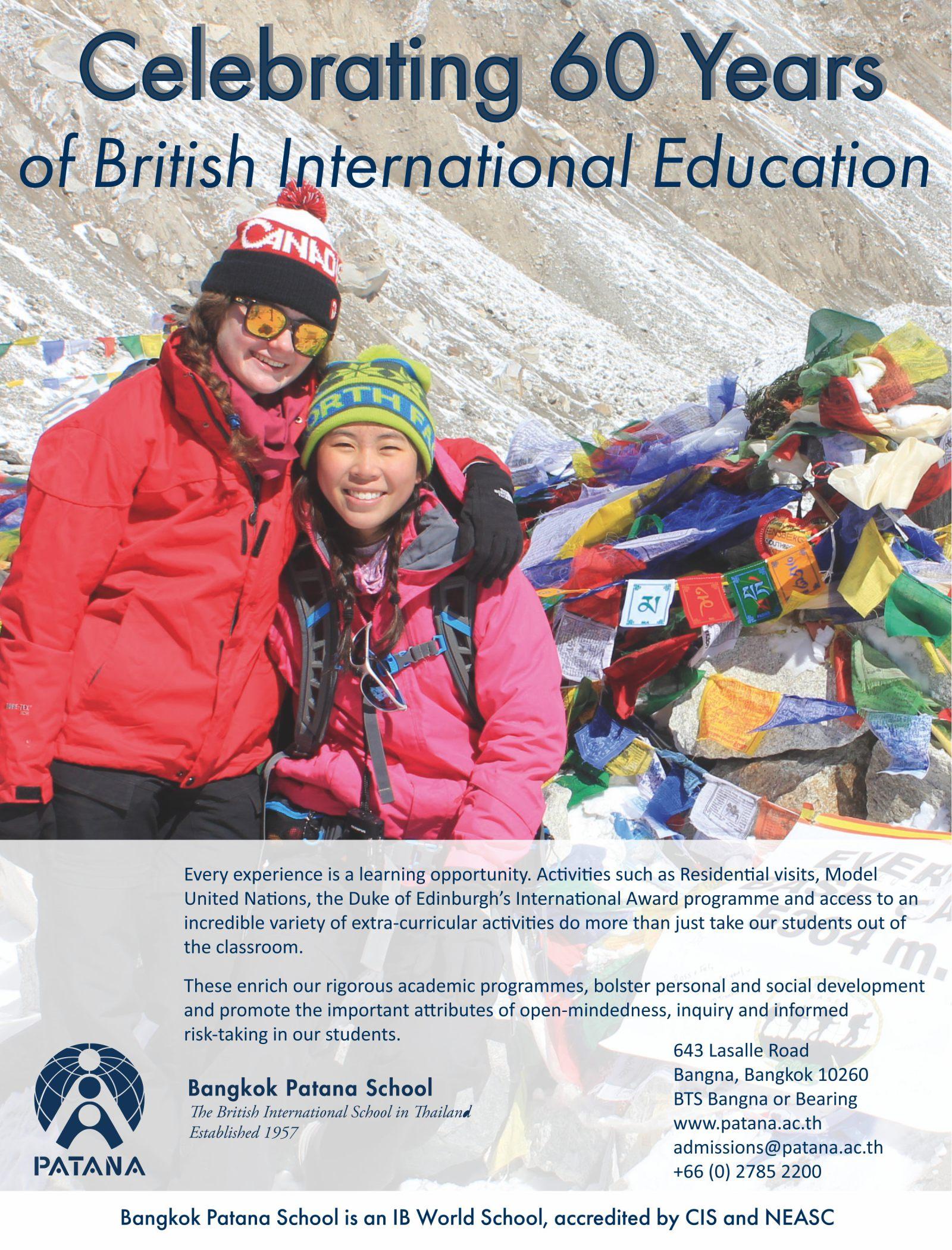








Intheshiftinglandscapeof21st-centuryeducation,
academicrigor,digitalfluency,andinnovationoften dominatetheconversation.Butbeneathtestscoresand techtrendsliesapowerful,transformativeforcethatdefines themostimpactfulclassrooms:empathy
Empathy—theabilitytounderstandandsharethefeelings ofanother—isnotasoftskilloranoptionalextra.Itisa corecompetencythatunderpinseffectiveteaching,fosters inclusivelearningenvironments,andnurturesthesocialemotionaldevelopmentofstudents.Inaworldmarkedby division,disconnection,andcomplexity,teachingwithheart isnotonlyrelevant—it’srevolutionary
Today’seducatorswearmanyhats:facilitatorsof knowledge,mentors,counselors,communitybuilders,and often,firstresponderstoemotionaldistress.Studentswalk intoclassroomscarryingnotjusttextbooks,butexperiences shapedbyinequality,trauma,digitaloverstimulation,anda rapidlyevolvingsociety.
Inthiscontext,empathybecomesacornerstoneofeffective pedagogy.Itiswhatallowsteacherstoseebeyond performanceandbehavior,andunderstandthecontext behindastudent’sstruggle—orspark.Ithelpseducatorsask notjust“What’swrongwithyou?”but“What’shappening toyou?”
Empatheticeducatorsbuildbridgesbetweencognitiveand emotionallearning.Theycultivateclassroomswhere studentsfeelsafe,seen,andsupported—essential conditionsformeaningfulengagementandgrowth.
Empathyisnotmerelyanemotion—it’sapractice.Itcanbe taught,modeled,andembeddedintoeverylayerof classroomlife.Whenteachersmakeempathyintentional,it becomesapowerfuldriverofequityandinclusion.
Strategiesforembeddingempathyinclude:
• Activelistening:Givingstudentsyourfullattention, validatingtheirexperiences,andreflectingtheir emotionswithoutjudgment.
• Culturallyresponsiveteaching:Recognizingand honoringthediversebackgrounds,traditions,and perspectivesthatstudentsbring.
• Restorativepractices:Replacingpunitivediscipline withconversationsthatrebuildtrustandaccountability
• Social-emotionallearning(SEL):Incorporating programsthatteachstudentsself-awareness,empathy, andresponsibledecision-making.
• Modelingvulnerability:Whenteachersshare appropriateaspectsoftheirownchallenges,it humanizesthemandfostersconnection.
Teachingwithempathyisnotabouthavingalltheanswers. It’saboutbeingpresent,patient,andpreparedtomeet studentswheretheyare.
Empathythrivesinculture,notisolation.Forittotakeroot, itmustbecultivatednotjustinindividualteachers,butin whole-schoolenvironments.
Schoolleaderscanpromoteempathyby:
• Prioritizingteacherwell-being:Burnoutistheenemy ofempathy Wheneducatorsaresupported,theyare betterabletosupportothers.
• Creatingspaceforstudentvoice:Empowerstudentsto shapeclassroomnorms,contributeideas,andexpress needswithoutfear
• Trainingforemotionalintelligence:Professional developmentinempathy,SEL,andtrauma-informed teachingisascrucialastrainingincurriculumdelivery
• Fosteringcollaborationovercompetition:Peer mentoring,teamteaching,andsharedleadership encouragemutualrespectandunderstanding.
• Celebratingempathy-drivensuccess:Recognize teachersandstudentswhodemonstratekindness, compassion,andinclusivethinking.
Whenempathybecomesacollectivevalue,schoolsbecome notjustcentersofinstruction,butcommunitiesofcare.
Thesolutionliesinintentionalintegration.Empathymust notbetreatedasan"add-on,"butembeddedinlesson planning,classroomdialogue,assessments,andeven feedbacksystems.Schoolsystemsmustinvestinnotonly academicoutcomesbutemotionalclimates,recognizing thattheyareinseparable.
Atitscore,teachingisanactoflove.Itisadaily commitmenttonurturemindsandupliftspirits.Itisnot merelyaboutdeliveringcontent—it’saboutcultivating character.
Wheneducatorsleadwithheart,theydon’tjustfill minds—theytouchlives.Empathyisn’tadistractionfrom academicexcellence—itisthefoundationofauthentic learning.Asschoolsworldwidereimaginetheirpurposeand priorities,onetruthbecomesclear:
Thefutureofeducationliesnotonlyinwhatweteach,but inhowwecare.
Becauselongafterstudentsforgettheformulasandfacts, theywillremembertheteacherwhosawthem,heardthem, andbelievedinthem.







